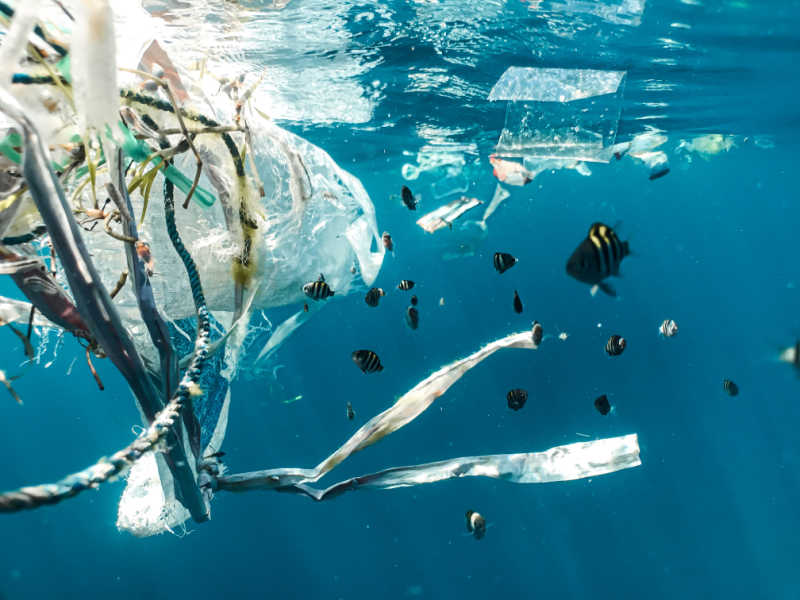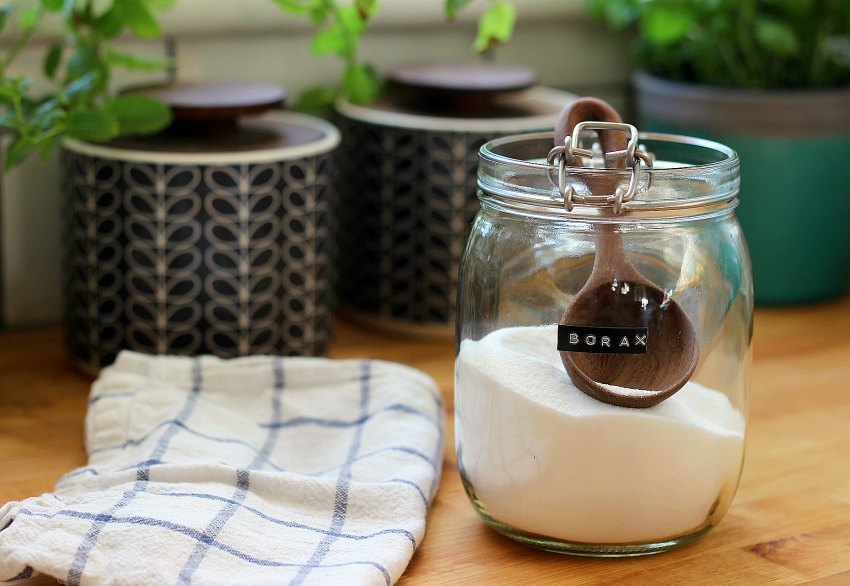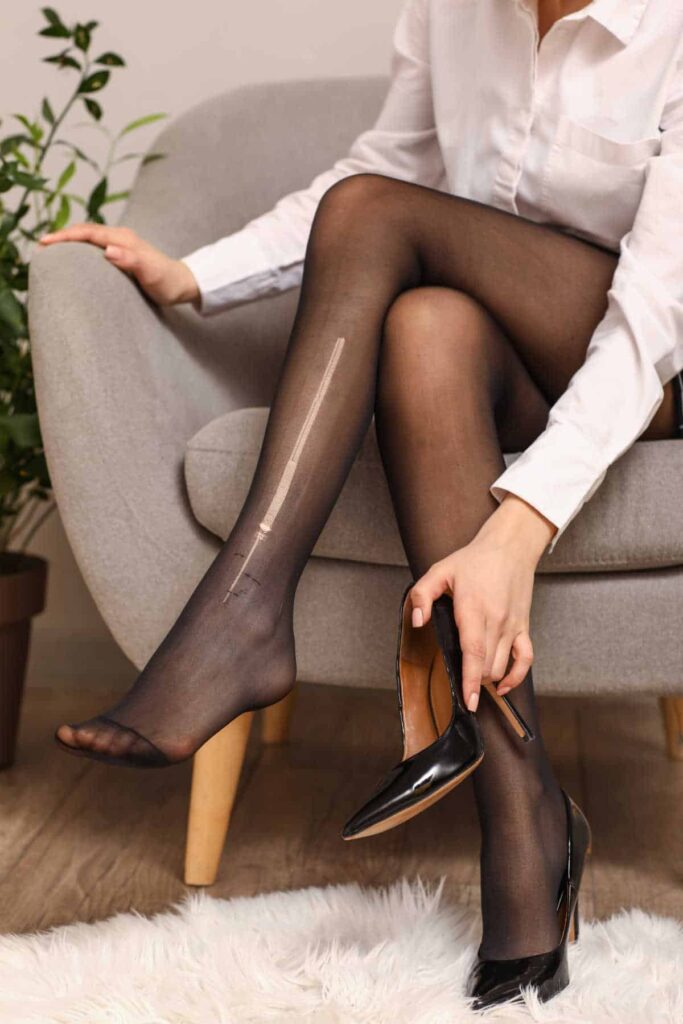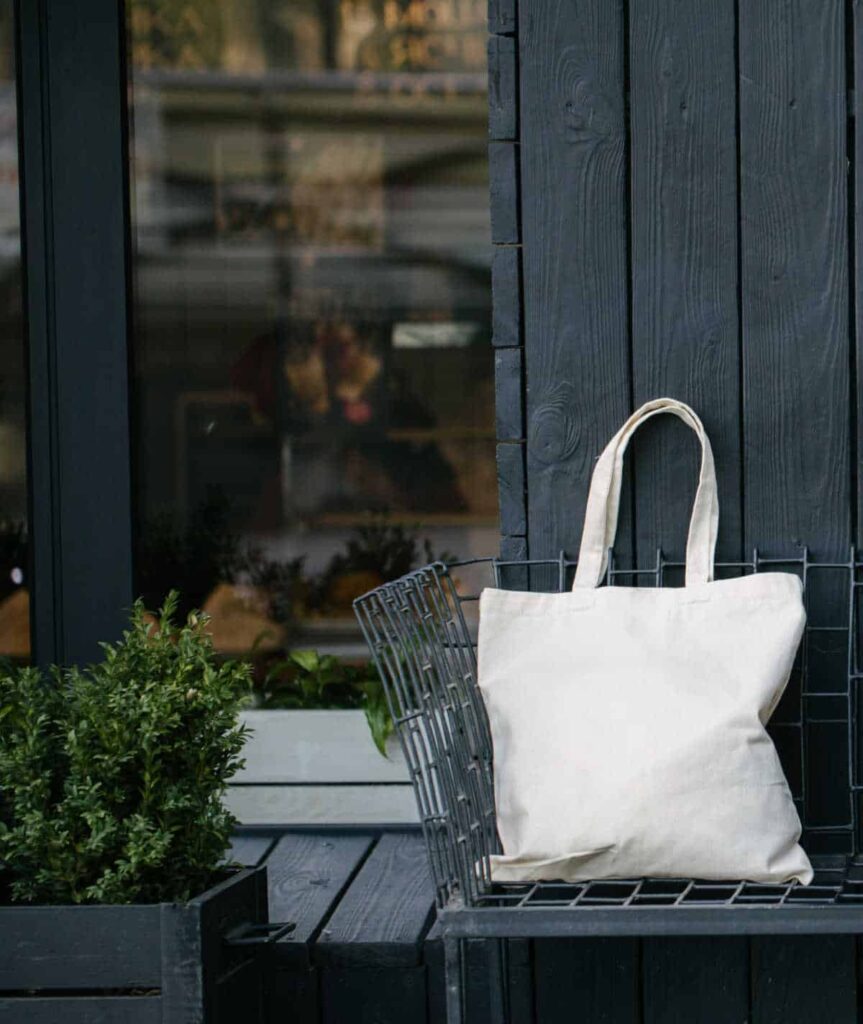Why More & More Beauty Brands Are Switching To Glass Packaging | AD
To support the running costs of Moral Fibres, this post may contain affiliate links. This means Moral Fibres may earn a small commission, at no extra cost to readers, on items purchased through these links.
This post on glass packaging is paid-for content in association with Friends Of Glass.
Back in 2017, David Attenborough’s Blue Planet 2 shocked us all into taking action on plastic pollution. After heartbreakingly watching turtles tangled in plastic netting, and albatross parents feeding plastic to their chicks, collectively we decided enough was enough.
The resulting global campaign to reduce plastic waste became one of the fastest-growing environmental causes ever mounted. We saw zero-waste shops popping up all over the place and campaigns against pointless single-use plastic.
Yet despite this, it hasn’t been quite enough to make a dent in the growing volume of discarded plastic that ends up in our seas and waterways. The amount of plastic that has ended up in our seas has grown and is to set to grow.

One of the biggest reasons for this increase is that whilst the public is on board with reducing plastic, progress has been severely hindered by a lack of commitment from global leaders. It wasn’t until March of this year that leaders from 175 countries agreed to a legally binding global treaty to end the plastic pollution crisis by tackling the material’s entire supply chain. Work now begins on how to implement the treaty by 2024.
What’s Causing The Plastic Problem?
A big part of the problem is that brands keep producing more and more plastic. It’s cheap to produce plastic, and it’s even cheaper to make products from virgin plastic rather than recycled plastic. Many brands claim that it’s ok because plastic is recyclable.
However, it has never been clearer that we can’t simply just recycle our way out of the plastic waste problem. According to the OECD (the Organisation for Economic Co-operation & Development), globally, fewer than 10% of plastics are recycled. Of the plastic that isn’t recycled, 76% ends up in landfills and then the rest is incinerated. This causes toxic emissions as well as releases carbon dioxide (CO2) – a greenhouse gas that contributes to climate change – into the atmosphere.
The Brands Switching To Glass Packaging

The good news is that a growing number of forward-thinking and environmentally conscious brands are switching away from plastic packaging to bring about positive environmental change. Instead, they are choosing 100% and endlessly recyclable glass jars, which are encouraged by Friends of Glass, an advocacy group that promotes the environmental, health and safety benefits of glass packaging.
Switching to glass packaging from plastic is one way that brands are helping to foster change. It’s also an effective way for brands to easily communicate their eco-friendly and health-conscious credentials.
And as well as switching to glass, some brands are also offering refill options so that customers can refill their glass jars to reduce waste and encourage packaging reuse.
These include:
Elemis
Luxury beauty brand Elemis has recently introduced its own refill scheme. Customers can return their empty packaging to a participating retailer, either in-store or by post. The packaging is then cleaned and sent back to the retailer, either pre-refilled or ready for an in-store refill.
The packaging is made using steel, glass and/or washable plastics, and has a “smart tracking “system so it can be scanned across the value chain.
Beauty Kitchen
The Scottish beauty brand, Beauty Kitchen, packages all of its skincare products in recycled glass jars. When you are done, simply return the jars to Beauty Kitchen via post or any Holland & Barrett store, and Beauty Kitchen will wash and reuse them.
Chanel
Chanel has recently launched its ‘Revitalising Cream’ – the firm’s first refillable beauty product. Packaged in a glass pot, the cream sits in a bio-plastic-based inner pot. This inner pot can be switched out with a refill that costs £13 less than the initial product. Refills will be sold online and in stores.
Brushd
Brushd, the eco dental company, make a range of plastic-free dental hygiene products. This includes toothpaste tablets and mouthwash tablets that come in glass jars.
When your toothpaste or mouthwash jar is empty, there’s no need to put it in the glass recycling. Instead, you can buy refill tablets that come in a cardboard container. Simply empty that into your glass jar, to help protect the tablets from moisture in your bathroom, and you’re good for another month.
What’s So Great About Glass Packaging?

Glass is a much more sustainable choice than plastic for a whole host of reasons.
According to Friends of Glass:
- Glass has an endless life. It is 100% recyclable and can be recycled infinitely without loss of quality. It can take just 30 days for your bottle or jar to return as a new bottle or jar to the store shelf.
- Even if glass does end up in the sea, it will ultimately turn back into harmless sand.
- Glass is non-toxic. Unlike plastic bottles, it does not contain harmful chemicals that may migrate into food and drink or your health and beauty products.
- Modern glass bottles and jars are typically up to 40% lighter yet stronger thanks to new manufacturing processes.
- Recycling glass saves energy and reduces CO2. We can reduce harmful emissions and save on raw materials by using recycled glass to make new bottles and jars. In fact, for every tonne of glass that is recycled, this saves 580kg of CO2 emissions. Meanwhile, recycling a single glass bottle can save 36.9 W/H of electricity. This is enough to charge your phone over six times.
Due to the many benefits of glass, 2022 has also been designated as the UN International Year of Glass. This year-long global celebration pays homage to the essential role that glass plays in society.
What Can You Do To Help Support This Movement?
To help support the switch to glass, if you can, choose glass packaging where it is available to show brands there is a demand for sustainable products housed in glass. Many beauty products are now available in glass – from eco-friendly nail polish remover to plastic-free face cream.
If there are no glass options available, you can ask your favourite brands to switch to glass. After all, glass reduces waste, protects the environment and safeguards your health.
The Friends of Glass community believes that many families and retailers are unaware of these benefits of glass, and so want to spread the word. Follow Friends of Glass to find out more about glass. You can also help by joining the ever-growing number of glass advocates on Facebook, Twitter and YouTube to help add your voice and join the conversation.
Found this post useful? Please consider buying me a virtual coffee to help support the site’s running costs.




